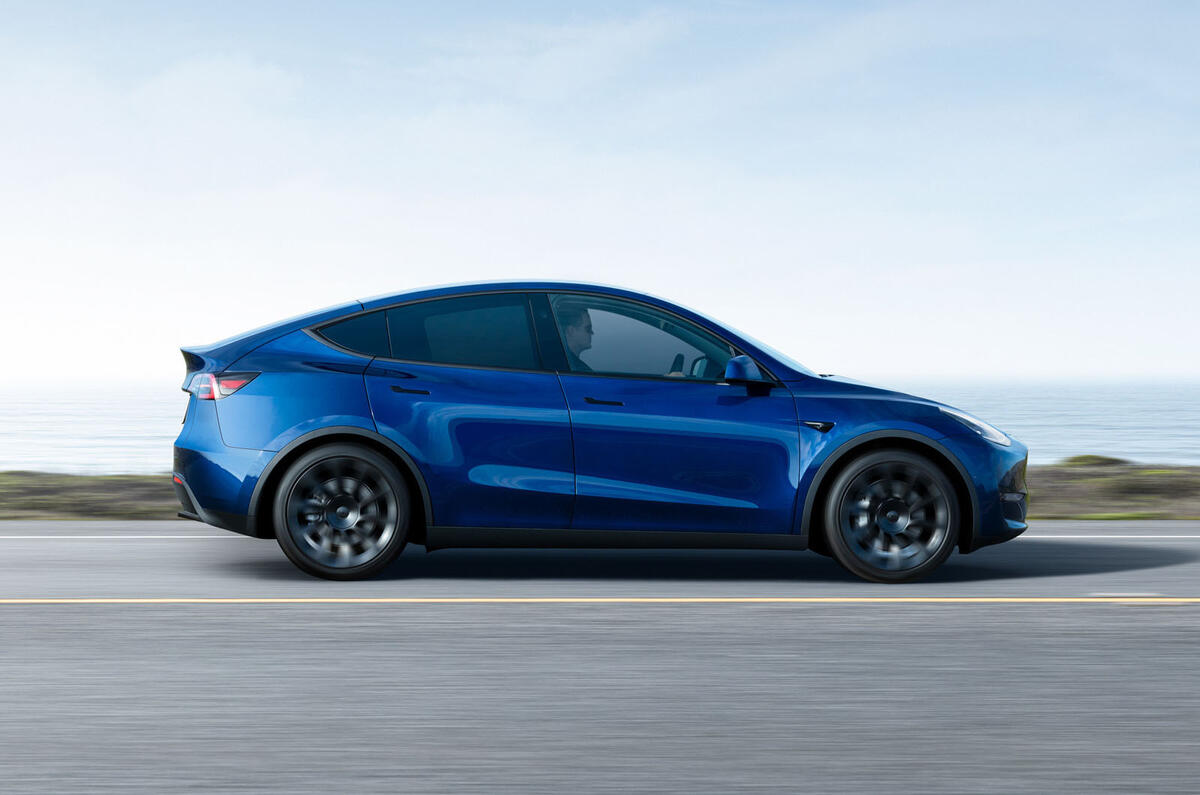The UK and Italy led the European new car market’s recovery in 2023 as the world emerged from the Covid pandemic and the subsequent supply chain disruption, while the US and Japan also bounced back significantly, Tesla set a new sales record and China’s BYD emerged as a global force.
After three years of doom and gloom, a degree of normality returned to the global market, with every region finally recording sales increases again and firms like Toyota, Tesla, Mercedes-Benz and JLR rediscovering their mojos.




Add your comment